Discover the world of visual art and photography. Learn to capture artwork with your camera. Explore the essence of visual art in our Capture Canvas blog and unleash your creative potential.
 |
Exploring Visual Arts and Photography: A Guide
Visual art, which encompasses numerous creative forms primarily appreciated through sight, is a fascinating world of expression. From the still beauty of painting and sculpture to the dynamic allure of photography, this article explores the essence of visual art and how to capture it with a camera. Our Capture Canvas blog will help you understand visual art.
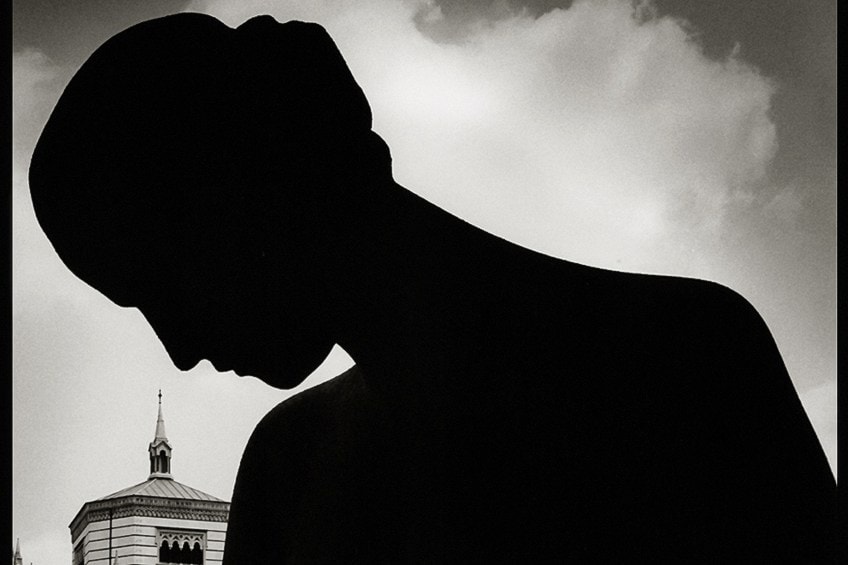 |
What is Visual Arts?
Visual arts constitute a realm of artistic expression that captivates the observer's eye. They encompass traditional forms like painting and sculpture and contemporary mediums such as film. Additionally, visual arts extend into the applied arts domain, encompassing disciplines like industrial design, graphic design, fashion design, interior design, and decorative art.
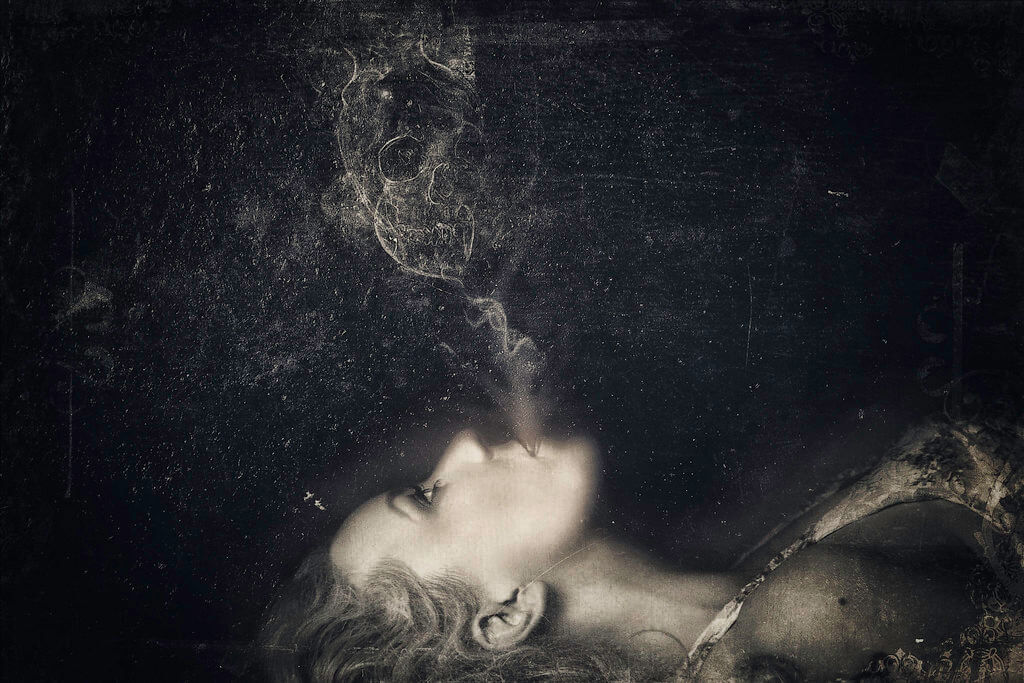 |
Photography, a prominent member of the visual arts family, serves as a powerful medium for artists to convey their emotions, thoughts, and stories. It allows us to freeze moments, capture emotions, and immortalize beauty through the lens.
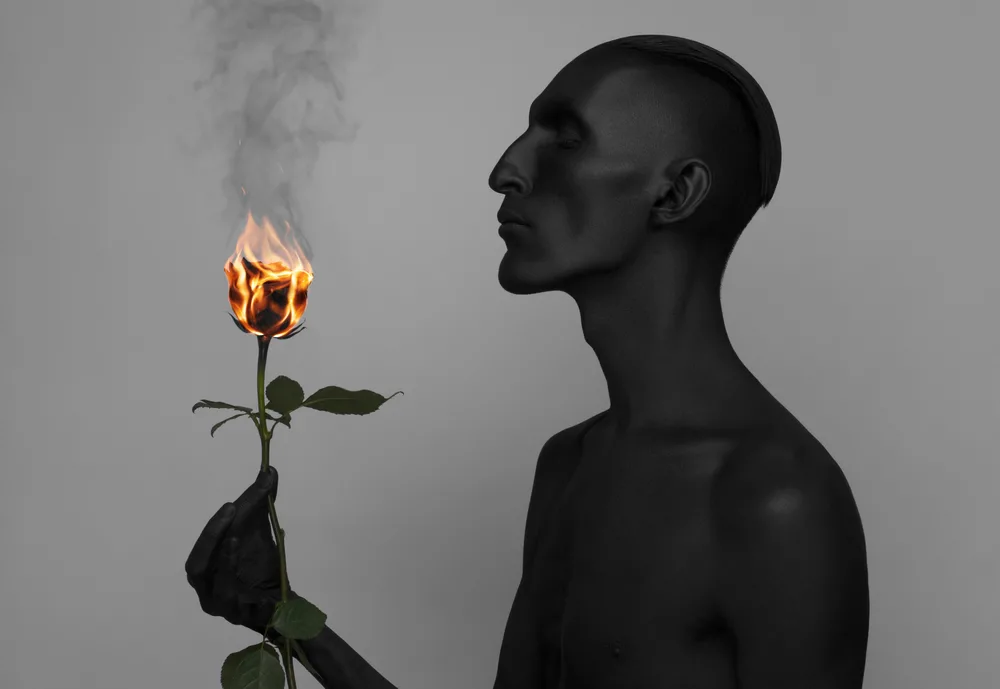 |
If you're venturing into the world of photography, you'll want to start by grasping fundamental concepts. These include shutter speed, aperture, ISO, composition, metering, camera modes, focusing, flash techniques, and camera settings. Practice is essential, so don't hesitate to experiment with manual settings and utilize a tripod for precise shots. The internet is a treasure trove of resources, and platforms like Photography Basics offer comprehensive tutorials to guide you from novice to expert.
Visual Arts vs. Performing Arts
While both visual arts and performing arts are integral to contemporary art, they differ significantly in their essence and execution.
1. Medium: Visual artists utilize tools like brushes, canvases, and paints to create static art while performing artists rely on their bodies and voices to convey dynamic narratives.
2. Social Nature: Visual arts often involve solitary creation, whereas performing arts often necessitate collaboration among multiple artists for a live audience.
2. Social Nature: Visual arts often involve solitary creation, whereas performing arts often necessitate collaboration among multiple artists for a live audience.
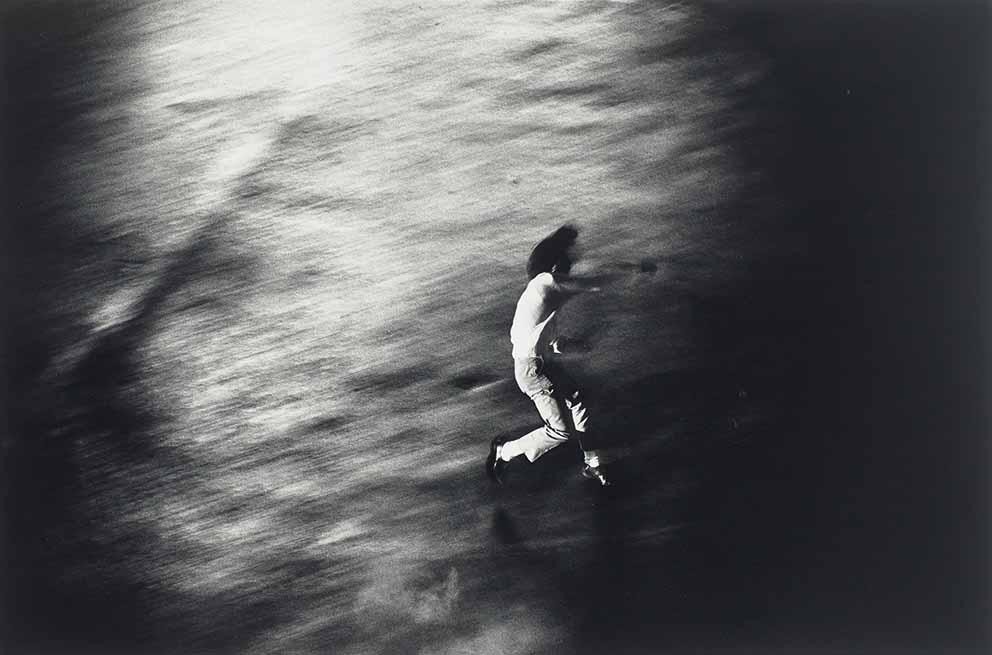 |
3. Underlying Idea: Visual arts offer a fixed experience, where the story is revealed through a static image. In contrast, performing arts provide a fluid experience with ever-changing forms.
4. Acceptance: Visual arts are sometimes perceived as expensive and elitist due to their value, whereas performing arts like music concerts are widely seen as entertainment.
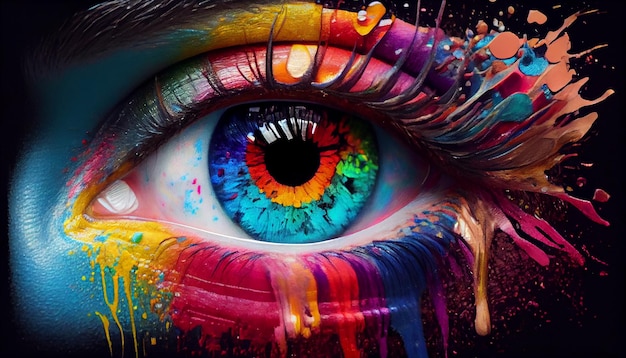 |
Both visual and performing arts are indispensable for the evolution of contemporary art forms, each bringing unique perspectives and experiences to the artistic landscape.
Examples of Visual Arts
Visual arts encompass a vast array of mediums. Some notable examples include:
1. Painting: The art of applying paint to surfaces like canvas or paper, using brushes or other tools.
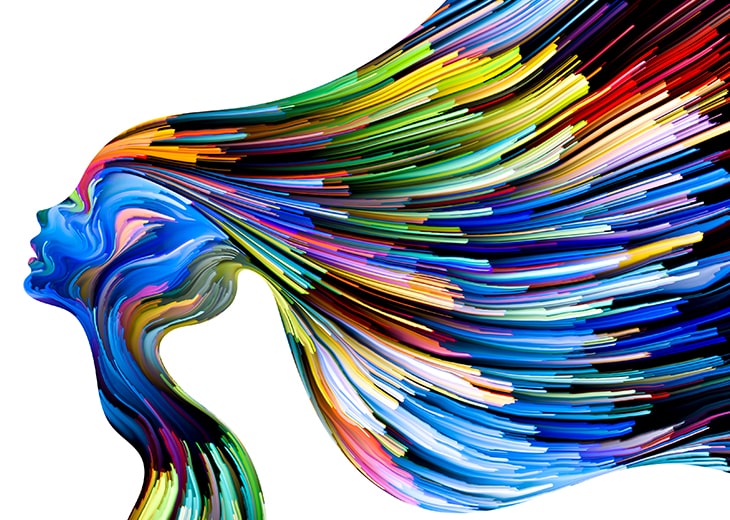 |
2. Sculpture: Three-dimensional art created by shaping materials like stone, wood, metal, or clay into desired forms.
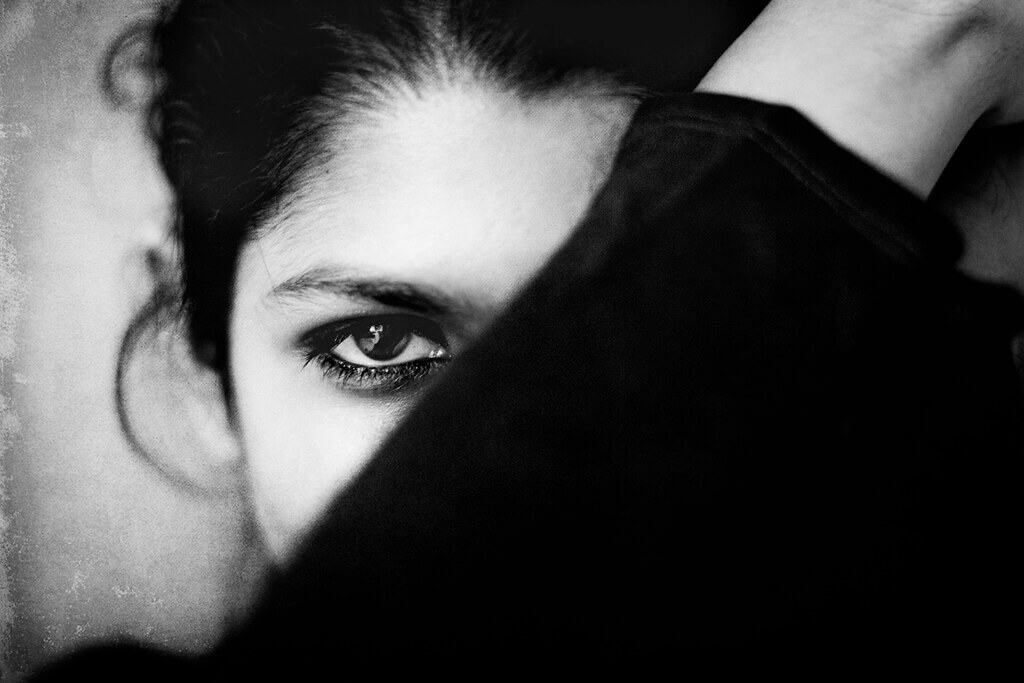 |
4. Printmaking: Creating artwork by transferring images onto paper or other materials using various printing techniques.
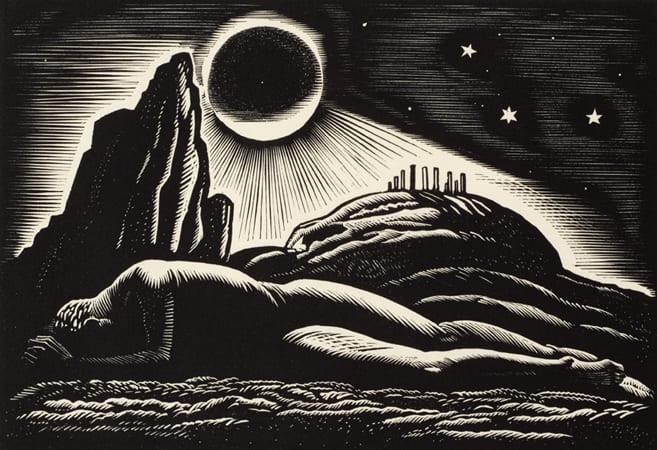 |
5. Drawing: Crafting images through marks made on surfaces using pencils, pens, or other implements.
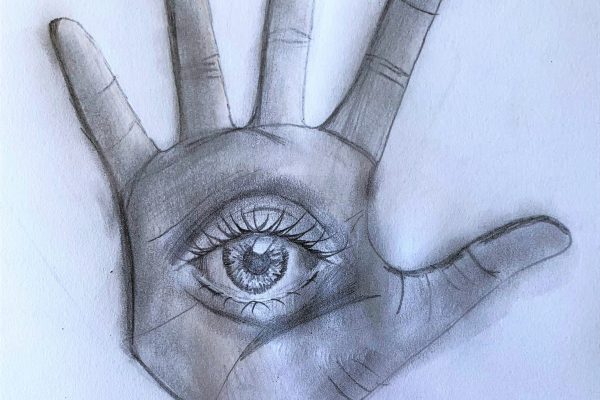 |
6. Decorative Arts: Functional yet aesthetically pleasing objects, such as ceramics, glassware, textiles, furniture, and jewelry.
 |
These are just a few examples, of visual arts offering diverse creative outlets.
Getting Started in Visual Arts
Venturing into visual arts can be an exciting journey. Here's how you can begin:
1. Learn the Basics: Start by understanding fundamental concepts like color theory, composition, perspective, and form. Familiarize yourself with different types of visual arts and their characteristics.
2. Seek Inspiration: Draw inspiration from other artists and their work. Visit art galleries and museums to explore various styles and learn about the rich history of art.
 |
3. Practice Diligently: Improvement comes through practice. Begin with simple subjects and gradually challenge yourself with more complex ones. Experiment with various mediums to find your preferred style.
4. Join an Art Community: Connecting with fellow artists can provide valuable feedback and networking opportunities. Consider participating in art contests and exhibitions to showcase your work.
5. Take Classes: Enroll in beginner-level courses at art schools to gain a solid foundation in visual arts.
6. Utilize Online Resources: Explore online platforms like Hello Artsy and Artists Network, offering free tutorials on painting, drawing, and other art forms.
Remember, mastering visual arts is a continuous journey, requiring patience and dedication. Keep honing your skills and experimenting to discover your unique artistic voice.
How to Capture Visual Art with Your Camera
Photographing visual art allows you to share your creations with a broader audience. Here are essential tips to help you get started:
1. Select the Right Location: Opt for locations with ample soft, natural light, such as a well-lit room or an overcast outdoor setting. This minimizes harsh shadows and reflections.
2. Camera Settings: Adjust your camera settings for optimal results. Use a low ISO setting to reduce image noise, turn off your flash, and match the white balance with the environment. Utilize a narrow aperture (e.g., f/11 or f/16) to maintain sharp details.
 |
3. Positioning: Ensure that your camera is parallel to the artwork, leaving minimal space around the edges of the frame. Use a tripod or a stable surface to prevent camera shake.
4. Focusing with Live View: Employ Live View to precisely focus on your artwork, ensuring sharpness.
5. Reflection Control: Avoid direct light and reflective surfaces when photographing art. Polarizing filters can assist with diminishing brightness and reflections.
6. Optimal Lighting: Use diffused light sources like softboxes or umbrellas to create even lighting. For oil paintings, cross-polarization techniques can eliminate glare.
7. Editing: After capturing your image, review it for exposure, color accuracy, focus, and any unwanted elements. Make necessary adjustments using exposure compensation or retouch tools. Crop the photo to focus on the artwork and save it as a high-quality JPG file.
FAQs
1. What are visual arts?
Visual arts encompass creative forms primarily appreciated through sight, including painting, sculpture, photography, and more.
2. How can I start my journey in visual arts?
Begin by learning the basics, seeking inspiration, and practicing diligently. Consider joining art communities and utilizing online resources.
3. What's the difference between visual arts and performing arts?
Visual arts are static and primarily visual while performing arts involve live performances. They differ in mediums, social nature, and underlying concepts.
4. How can I photograph my artwork effectively?
Choose the right location, adjust camera settings, position your camera accurately, and control reflections. Utilize optimal lighting and edit your photos for the best results.
5. Why is photography considered a visual art form?
Photography allows artists to capture and convey their thoughts, emotions, and stories.
==========================================================================
The images above have been downloaded from Google, my sincere thanks to all the photographers who took the Pictures.


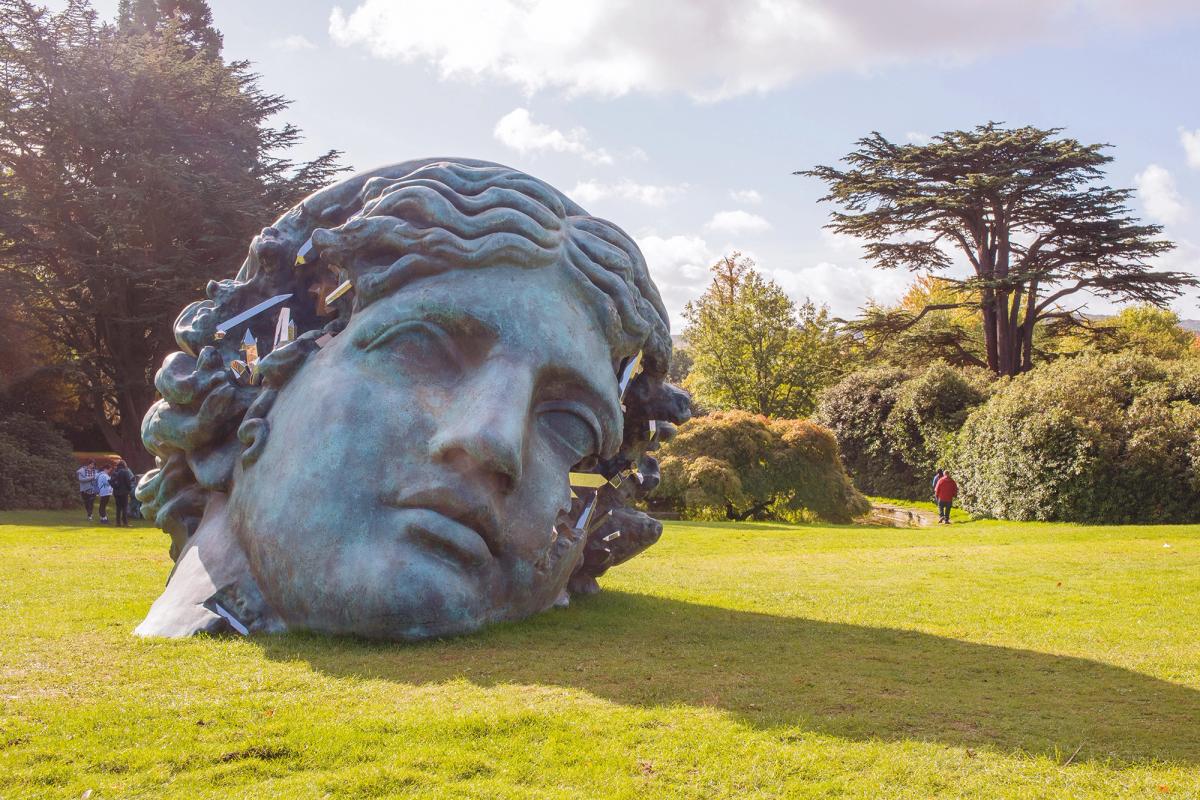








0 Comments